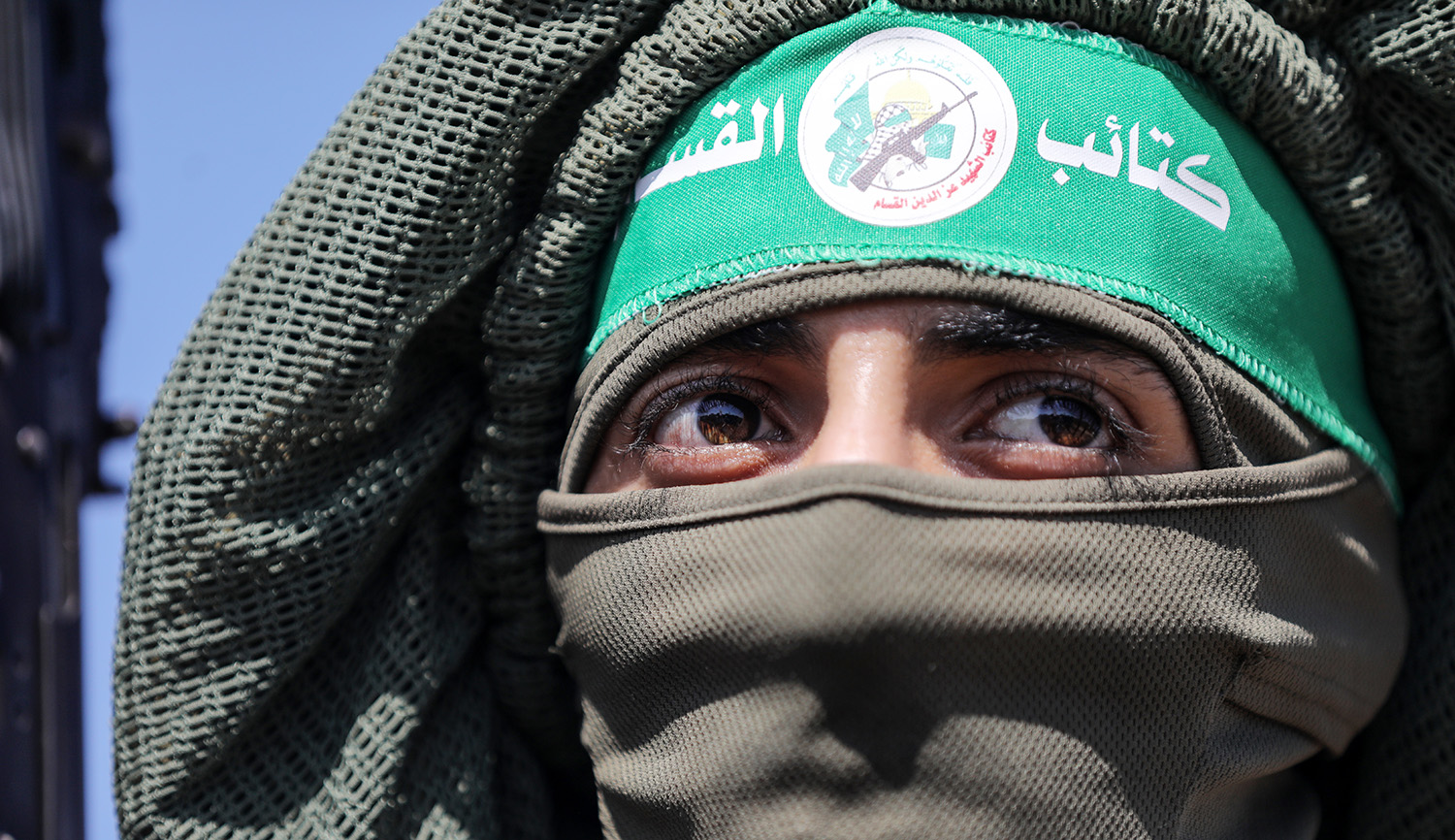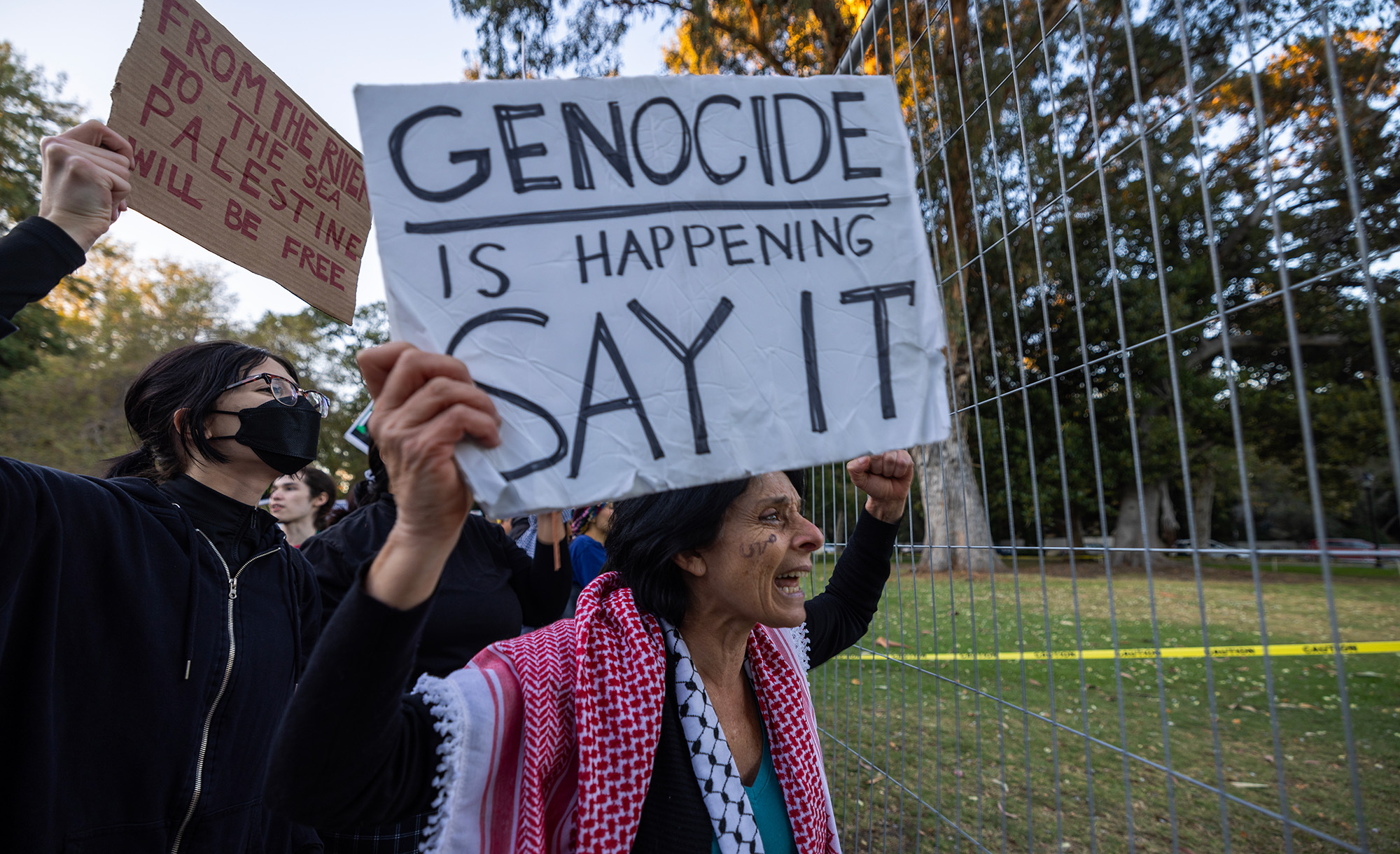Founded in Tel Aviv in 1930, Magen David Adom (Red Star of David) was not admitted into the International Red Cross and Red Crescent Movement until 2006, due to its insistence on using a Jewish symbol. Felix Pope tells the story of the man who changed that:
When the Jordanian emergency relief worker Mohammed Al-Hadid first suggested that he could welcome Israel and Palestine to the Red Cross at the same time he was met with skepticism. “People thought: no way, it’s going to divide the movement,” he says now, reflecting on the 2006 conference at which he attempted the feat.
Al-Hadid, now seventy-two, was then at the apex of a successful career in humanitarian work and serving as the chairman of the International Committee of the Red Cross. The crunch meeting came a year after he had convinced Magen David Adom—Israel’s national medical emergency, disaster, ambulance, and blood service—and the Palestinian Red Crescent Society to meet for the first time.
But it was at the Red Cross’s 2006 [international] conference that Al-Hadid faced his greatest challenge: “Lots of people were against Israel becoming a member of the Red Cross,” he says, recalling an early attempt to remove him as chair of the organization’s standing committee. . . .
Today, Israeli medics are able to work alongside their Arab counterparts in large part thanks to Al-Hadid’s work. . . . MDA is responsible for all of Israel’s first-aid training, and provides and maintains its fleet of 1,716 ambulances, medi-cycles, lifeboats, and air ambulances. It co-operates with the Palestinian Red Crescent, shares expertise internationally on mass-casualty events, and collects and supplies 300,000 units of blood annually. Last year, it opened the world’s most secure national blood bank.
More about: Anti-Semitism, Israel-Arab relations, Medicine


